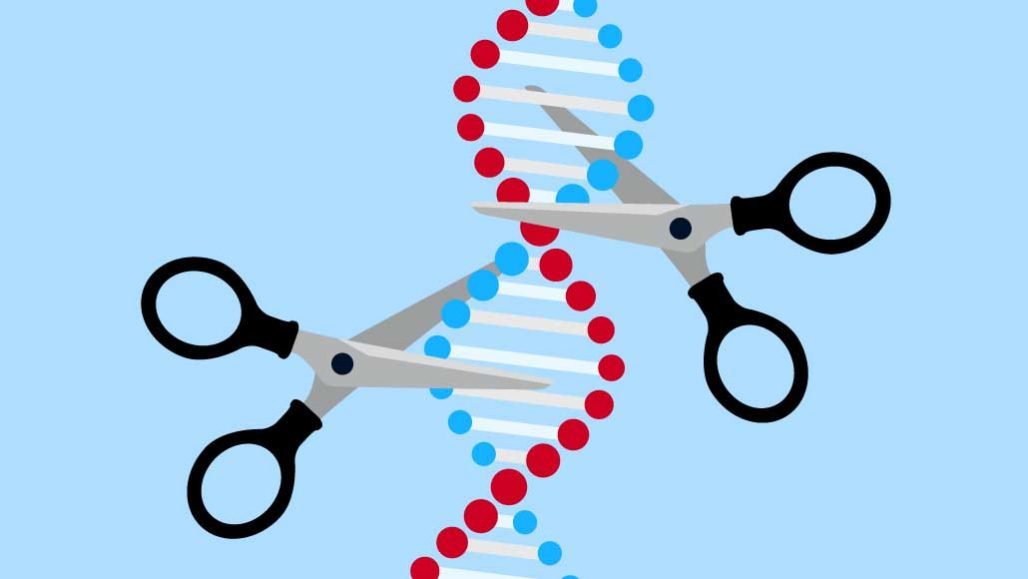
© traffic_analyzer/getty images plusCUTTING ROOM Scientists will soon wield the molecular scissors CRISPR/Cas9 in the human body. Some people with a form of inherited blindness will have the gene editor injected into their eyes, where researchers hope it will snip out a mutation. Two other trials are CRISPR editing cells outside of the body to treat cancer or blood disorders.
Since its debut in 2012, CRISPR gene editing has held the promise of curing most of the over 6,000 known genetic diseases. Now it's being put to the test.
In the first spate of clinical trials, scientists are using CRISPR/Cas9 to combat cancer and blood disorders in people. In these tests, researchers remove some of a person's cells, edit the DNA and then inject the cells back in, now hopefully armed to fight disease.
Researchers are also set to see how CRISPR/Cas9 works inside the human body. In an upcoming trial, people with an inherited blindness will have the molecular scissors injected into their eyes.
Those tests, if successful, could spur future trials for Duchenne muscular dystrophy, cystic fibrosis and a wide variety of other genetic diseases, affecting millions of people worldwide.
"CRISPR is so intriguing," says Laurie Zoloth, a bioethicist at the University of Chicago Divinity School, "and so elegant."
But big questions remain about whether CRISPR/Cas9 can live up to the hype.
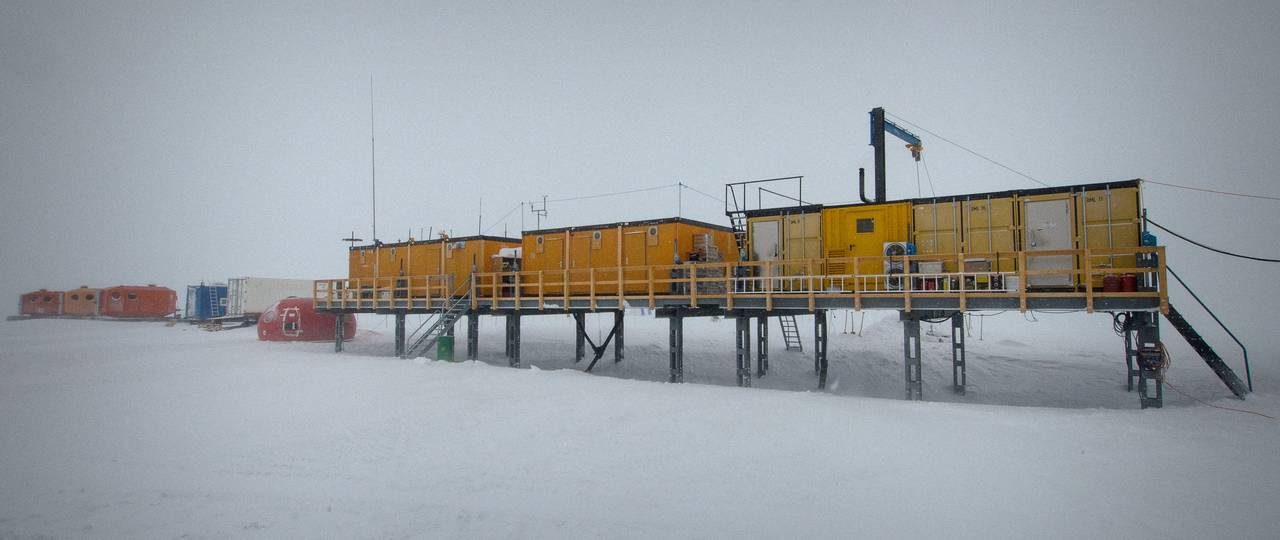



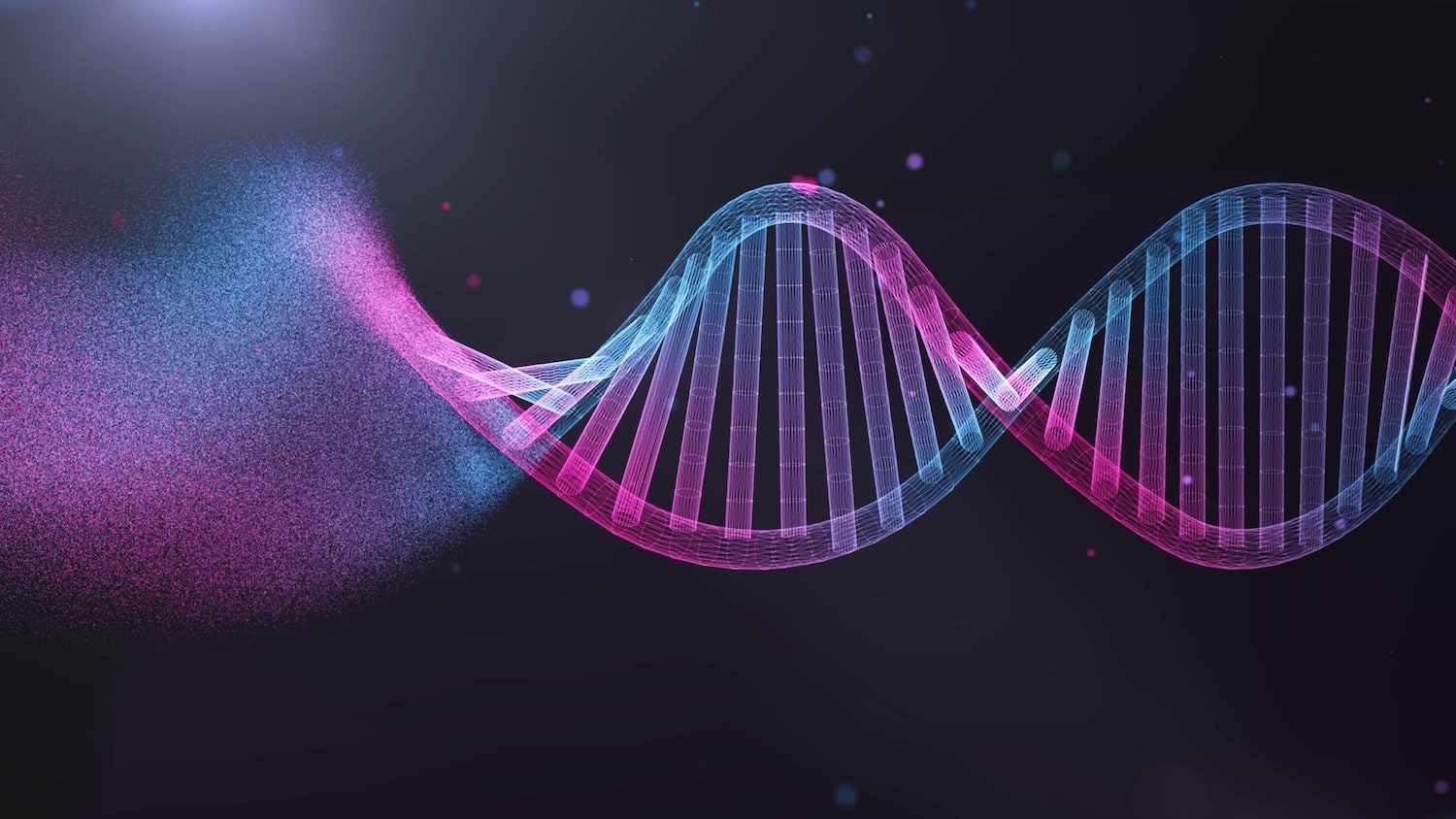

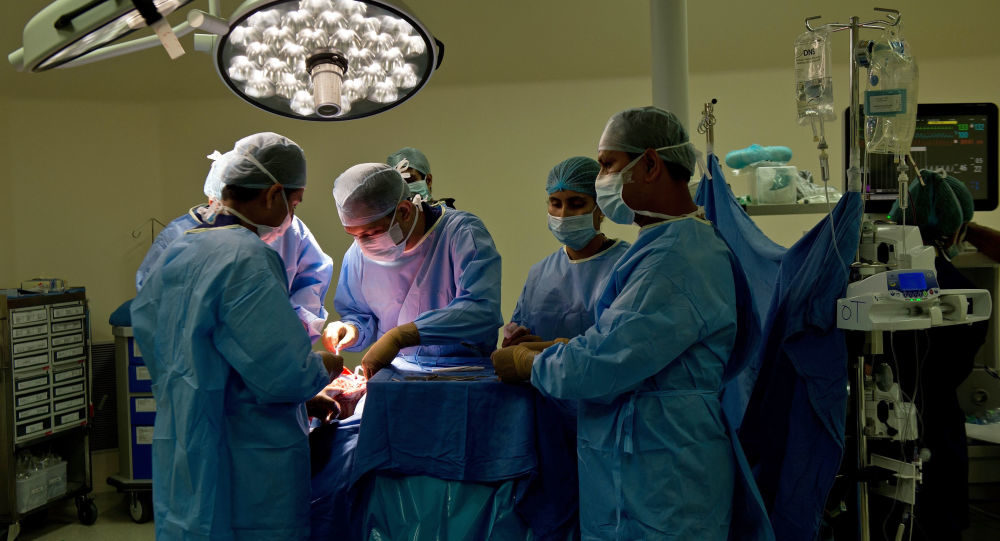
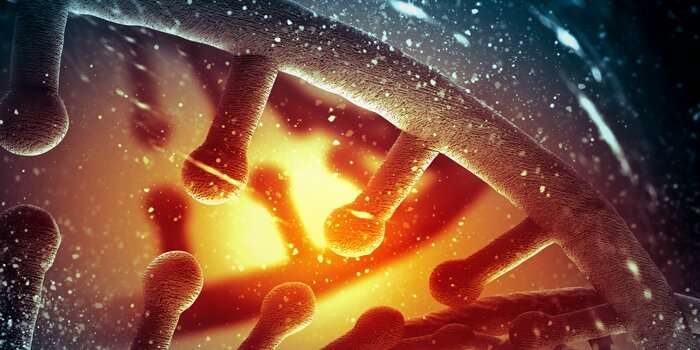


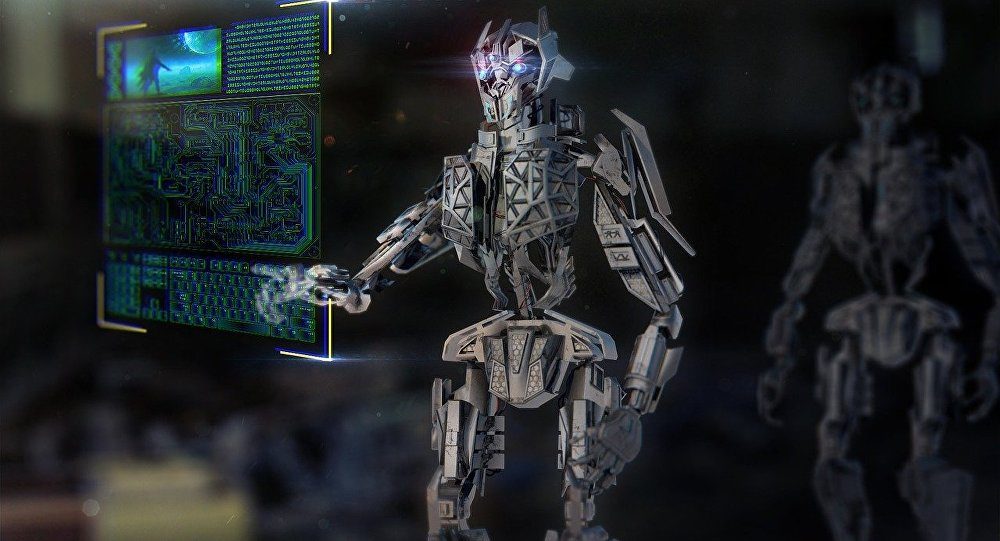



Comment: See also: